Growing carrots might be frustrating, but nothing compares to the flavor of a fresh carrot straight from the garden. Fortunately, you can take specific actions to steer clear of the problems and produce a bumper harvest of carrots. Here is all the information you need to grow carrots in your garden.
When served fresh, carrots' sweet and earthy tap roots are a delightful treat to nibble into, whether on their own or dipped in ranch dressing. They also make great additions to soups or when roasted. You can roast the carrots in a dish or steam them and serve them with butter. Additionally, carrot greens can be prepared into pesto or eaten sautéed.
Other Topics You Might Like
Helpful Products You Might Like
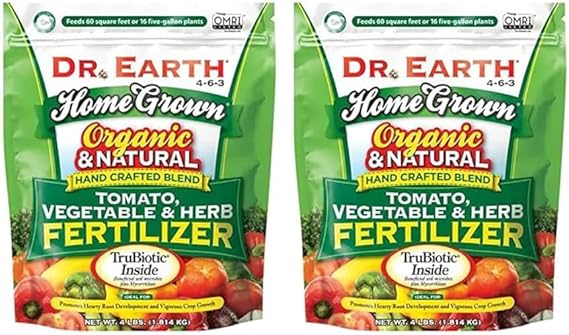
Dr. Earth Organic Vegetable & Herb Fertilizer Poly Bag

Pure Zuprime Organic Neem Oil Spray for Plants
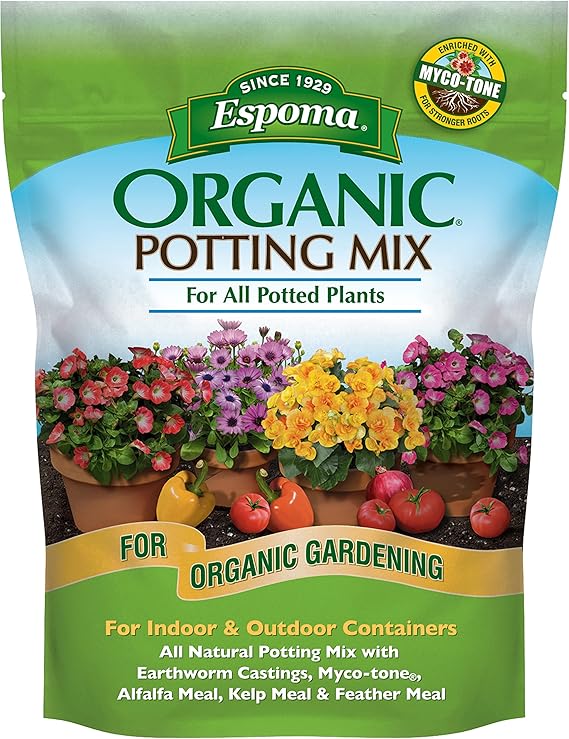
Espoma Organic Potting Soil Mix
"(Paid Links)" 
Planting Carrots
When the soil is workable in the spring, plant seeds right in the garden. Since carrots are resilient, plant them a few weeks prior to the final anticipated frost.
To avoid carrots that are bumpy or misshapen, rake out any rocks or clusters. If your soil is severely compacted, think about raised beds.
Carrots require soil that is both well-cultivated and well-drained. Apply a small amount of general-purpose fertiliser and a couple of inches of compost or well-rotted manure prior to planting. Work it into the soil's top 8 to 10 inches.
Carrots can withstand some shade, but full sun is ideal for their sweet, crisp flavor.
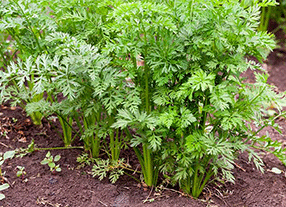
Tips on Caring for Carrots
After giving the soil a good, deep soak
Pests and Disease
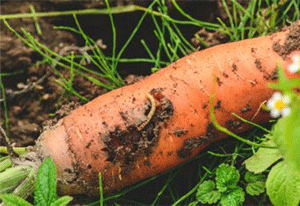
Carrots are generally resistant to disease, but it can be difficult to control once it does appear. You can prevent disease by keeping the environment tidy and clear of plant detritus. Steer clear of damp, waterlogged soil and water sparingly. Plant carrots in a new location every year. Carrots may be bothered by carrot rust flies and carrot weevils. Row covers keep many pests away.
Harvesting Carrots
Simply twisting and pulling a carrot out of the ground is the best way to tell if harvest is imminent. Use a spading fork to gently loosen the dirt if it is too difficult to lift.
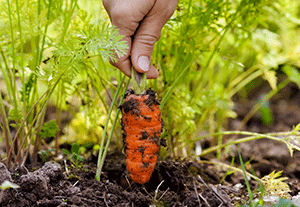
Is it okay to Grow Carrots in a Container?
You can grow conventional sizes in a more bottomless pot, or dwarf kinds like "Nantes Half Long" or "Little Finger" are perfect for containers.
